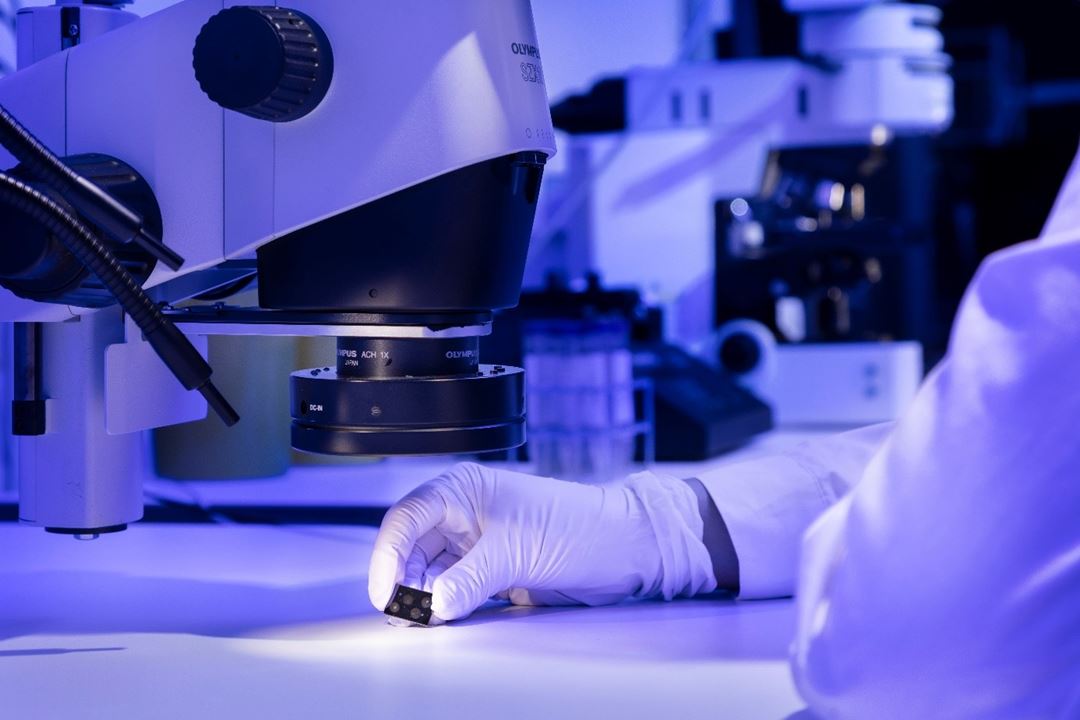Analysis of biomolecules plays a key role in the field of life sciences and pharmaceutical industry. Since analytes are often present in complex samples, e.g., bodily fluids, hyphenated techniques such as liquid chromatography (LC), capillary electrophoresis (CE) with electrospray ionization (ESI), or mass spectrometry (MS) detection are used. Miniaturization generally provides highly efficient and affordable analytical tools that are environmentally friendly. Currently, low flow ESI interfaces are only supplied by MS producers as a part of instruments. They are therefore expensive and incompatible with other manufacturers' products, thus limiting their growth in the biomolecular analysis sector.
The main goals of the μBIOSEP project are the introduction of micromachined ESI interfaces and miniaturized devices enabling automated analyses of samples on the same, on-chip integrated LC separation column. Further focus is the integration of these devices into versatile, cost-efficient analytical platforms, suitable for a wide range of applicational settings in the life and pharmaceutical sciences. The use of miniaturized devices inherently leads to increased analytical efficiency and higher throughput, changing the way bioanalysis is performed. Furthermore, a substantial reduction of consumption of chemicals will result in a greener technology, widely demanded by all sectors. The project crucially relies on the state-of-the- art cleanroom facilities as well as knowledge and experience in methodology related to the design and manufacture of Si-based microsystems, a key competence pillar at SINTEF MiNaLab. The project also utilises the analysis platform at SINTEF Biotechnology and Nanomedicine, specifically, the high-resolution mass spectrometry instrumentation, and the experience and know-how in analytical challenges as well as method development for life science applications.

